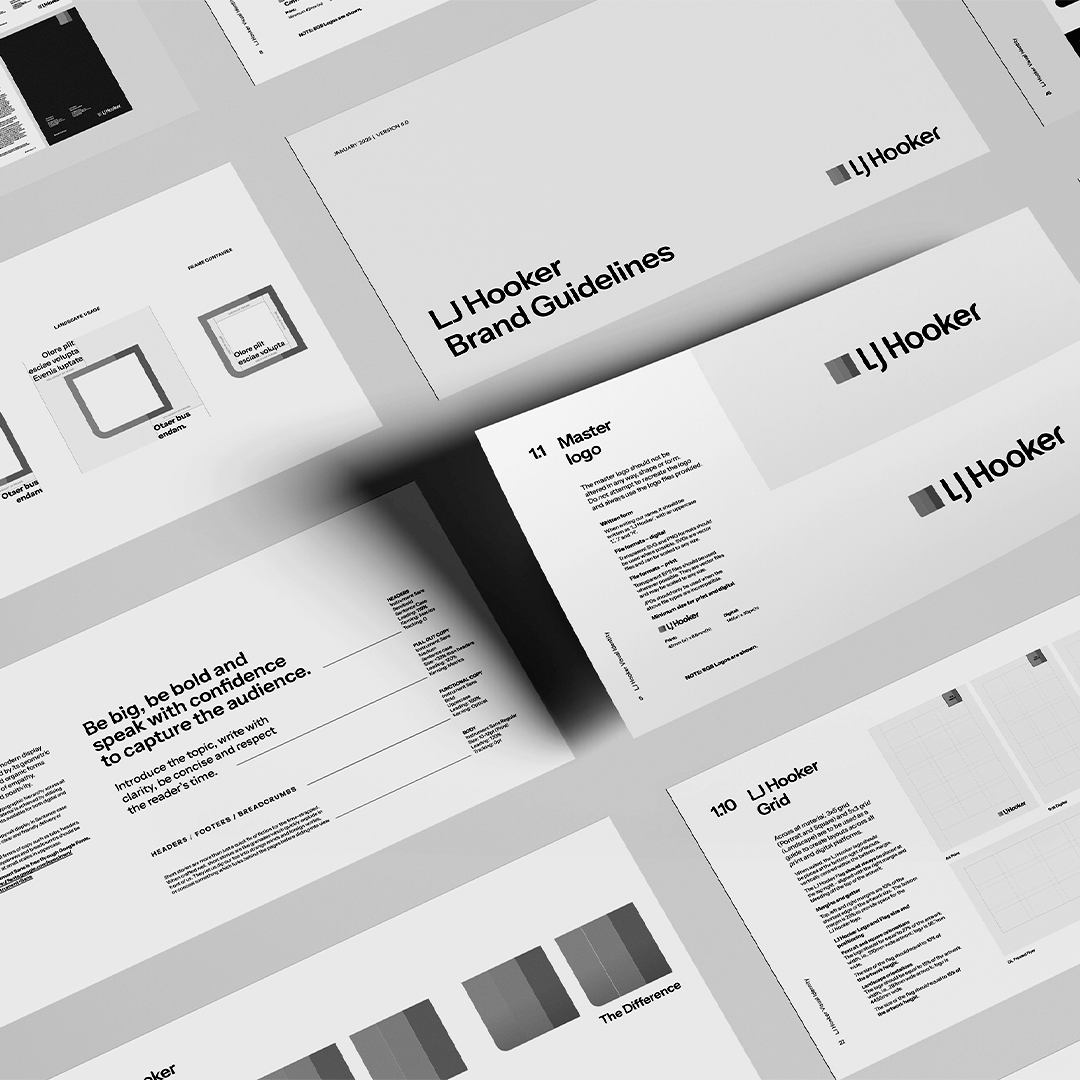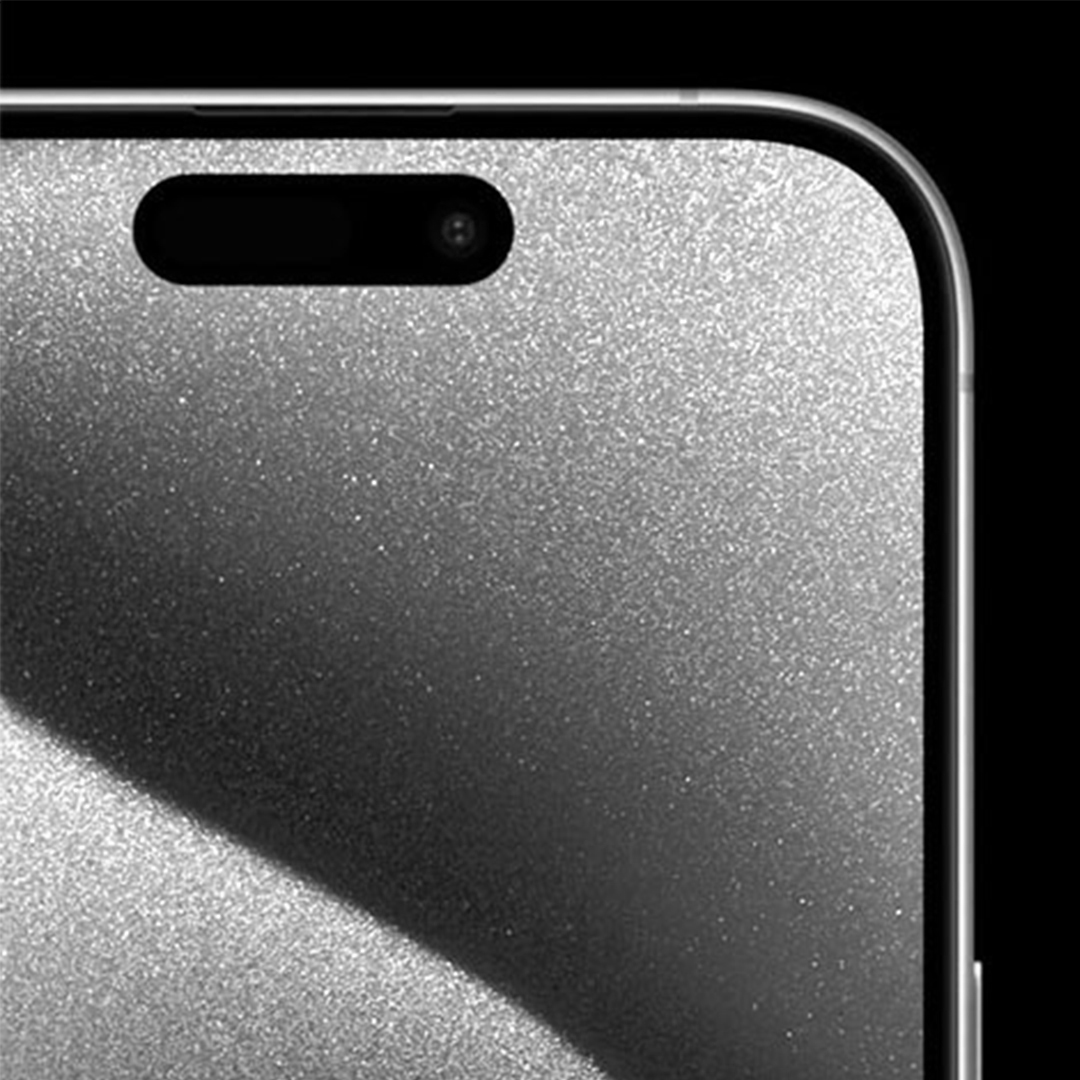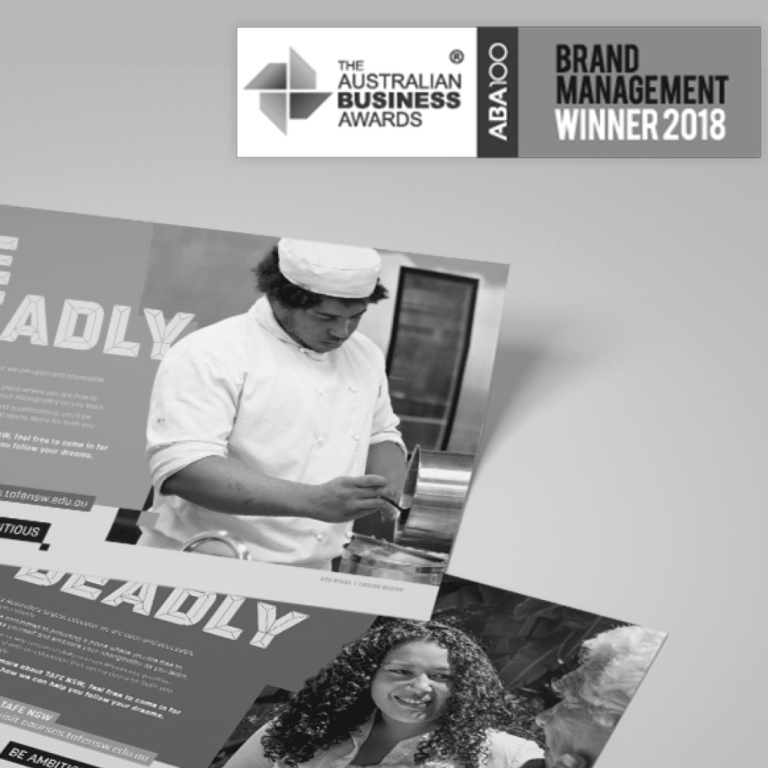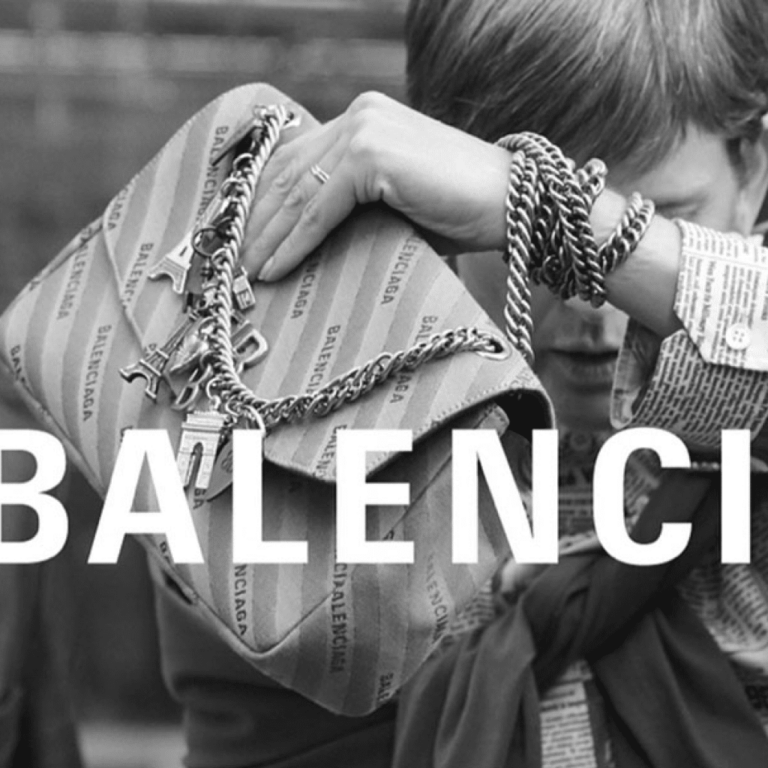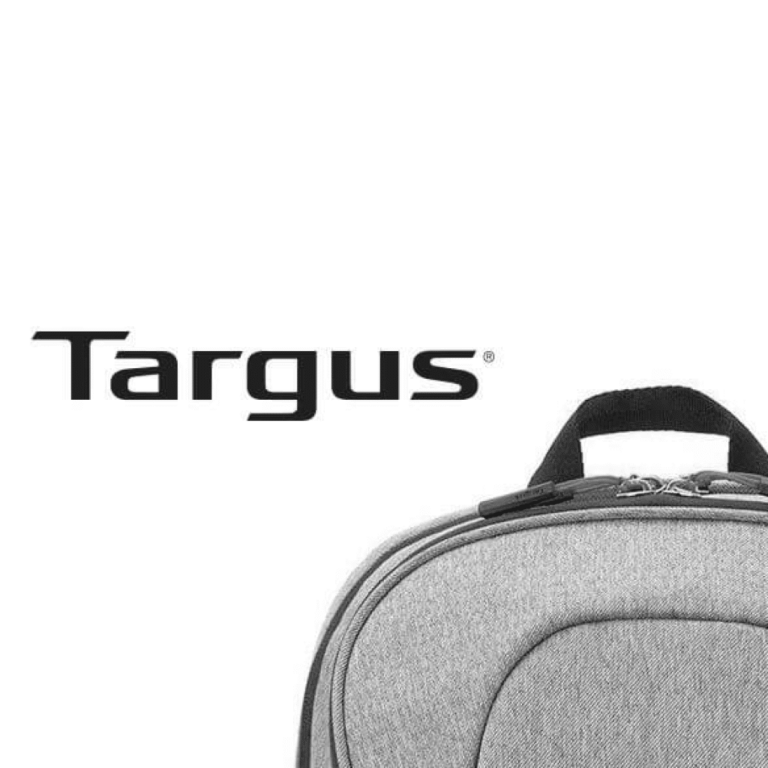INSIGHTS / CREATIVE & DESIGN
HOW TO BRING YOUR BRAND TO LIFE – WITH VERBAL IDENTITY
Uberbrand on 14/4/2024


“Ensuring that your brand speaks with a consistent voice has never been more necessary.”
For a long time, VERBAL IDENTITY was seen as the lesser little brother to VISUAL IDENTITY. How a brand communicates with words was considered less important than how a brand communicates visually. But in recent times, due to factors like the advent of social media, this mentality has shifted. People are beginning to realise just how relevant verbal identity actually is.
Why it matters.
Communicating consistently across channels is a real issue for brands in today’s screen filled world. These days, brands churn out seemingly endless content in the hope of likes and the potential profits they represent. A new array of touch points makes it more important than ever for brands and the people who work for them to rigorously maintain a common language.
Lack of consistency can lead to confusion in consumers – or worse. If people expect a brand to communicate in a way that’s professional and respectful, only to be met with a reply to a tweet using tongue-in-cheek humour, that may lead them to see the brand as inauthentic. This may seem trivial, but it could have real consequences when one considers the very public and archived nature of the internet. On the flip side, a brand with a defined and unique tone of voice can claim evangelists it never could have with a great product alone.
So, is your brand lacking verbal identity? If so, here’s how you can start doing something about it.
Be real with yourself.
The first step to figuring out your verbal identity is figuring out your identity more broadly. What’s your personality? If your brand was a person, what would they be like? Are they whimsical or serious? Sage or sexy?
Extremes are never a flattering thing however. There’s a fine line between giving your kids advice and lecturing them, looking out and overprotecting. The same applies to your brand – your baby. Whilst you might be whimsical, you’re not silly. Whilst you’re serious about what you do, you’re not boring or dominating. Sage sounds nice, but no one likes a know-it-all. And sexy is great, but inappropriate, less so.
Deciphering who you are allows you to figure out how you communicate, the vocabulary and tone you use, and it can help guide your BRAND’S VISUAL IDENTITY as well.
Get inspired.
If you’re stuck on how to pin yourself down, then that’s a strong indicator that your brand isn’t in the best place. To help guide the process of discovering who you are, have a look around you at some companies offering a similar product or service to you and how they communicate. You can also look at brands from different industries on social media. What do you like or dislike about their brand voice? You can even try making a mood board, finding copy you love and could see working if you applied the same tone of voice to your brand.
You might look at celebrities you admire. How do they present themselves on social media? See how they express their personality in words. People can be brands too, you see, successful people in particular. Getting some inspiration from the world around you can be a big help in discovering how you want to communicate yourself.
Another aspect of your brand is your visual identity, here’s 4 SIGNS THAT IT MIGHT BE TIME for a refresh.
Find your voice.
Once you’ve figured out who you are, it’s time to be yourself. Walk the walk by talking the talk. What does whimsical actually mean? Do you use slang? Swear? Or is that drifting into the unsavoury realms of inappropriate? Maybe you use emojis though. Your language could be colourful and playful, as brimming with metaphor as a zoo is with life. Alternatively, your language could be professional, demonstrating your unrivalled expertise and passion for excellence.
Your tone may change slightly when shifting from context to context. So trying your tone of voice out to fit a number of relevant audiences is a good idea and a great way to acid test your verbal identity. If it doesn’t work across channels, no matter who you’re talking to or where you’re talking, then it probably isn’t on the money.
—
In the age of social media, consumers want to feel like they’re in conversation with brands. In order to facilitate that conversation, you’re going to need to know how to converse. Find your verbal identity and own it. Whether your company is a veteran or a novice, having a STRONG BRAND is important; an integral part of that brand is your verbal identity.
A premier branding company can help you develop and refine this essential aspect of your brand. Reach out for an obligation free chat.

